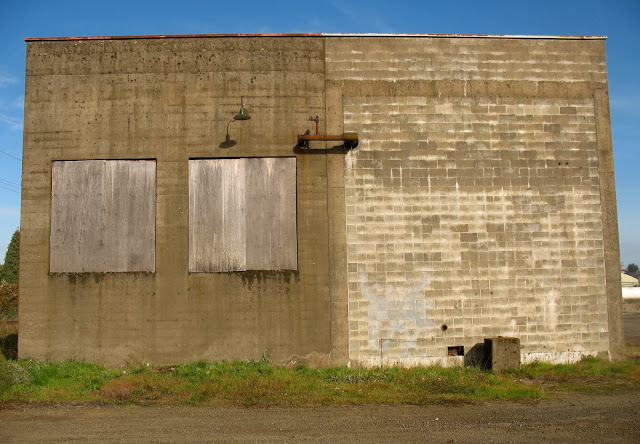My father told me how his grandmother, Maggie Bredin Bentley, insisted that Irish fairies had come over with her family on the boat to America and now lived in the barn out back.
 |
| Alas, this is not a family photo. |
My Bredin ancestors hailed from the village of Ballymagroarty, near Derry. They included my great-grandmother Margaret; her father William; grandparents Ezekiel (born ~1795) and Margaret Laird Bredin; great-grandfather Edward (born ~1775); and great-great-grandfather James (born ~1755).
I don’t know where the family originally came from: possibly Scotland. Reportedly, Bredin (sometimes spelled Braden) dates back to the 8th or 9th century, appearing in the Domesday Book. “It is supposed to represent the Danish form of the pronunciation of ‘Breton,’ which was originally ‘Brayton.’”
Her father William was a farmer. Here he appears in a landholdings document.
Margaret (Maggie) was born 1851. In 1865 at the age of 14 she travelled from Ireland to Philadelphia PA with her parents (and 3 younger siblings) on the
Lady Emily Peel (853 tons, built in Canada in 1864). Here's her sister ship, the
Minnehaha.
Here the family appears on the ship's passenger list.
“In the 1860s the McCorkell Line demonstrated that first-class sailing ships could compete with steam on the North American passenger run. They had five ships plying between Derry and the US cities of New York and Philadelphia: the Mohongo; Minnehaha, Stadacona, Village Belle and Lady Emily Peel. 'The Song of Hiawatha' by Henry Wandsworth Longfellow was a source of inspiration in the naming of many of the McCorkell ships... By the 1870s sailing ships could no longer compete with the speed, comfort and reliability of the transatlantic passenger steamers. In 1873 the Minnehaha made the last passenger voyage by a Derry-owned ship to New York.” [
www.londonderryport.com]
Currently I have no photos of my direct–line Bredins, but here are the brother of William M. Bredin, Ezekiel (1803-1895), and his wife Jane Bredin (b. 1820, she was their cousin). They lived in Drumcorn, on the other, east, side of the river that runs into Lough Foyle.


It’s not clear why the Bredins travelled on to Michigan, if it was their final destination all along. Early settlers in Livonia, which was organized in 1835, included James Grace; Margaret Bredin first stayed with the Graces when she arrived.
 |
| Livonia circa 1860 |
In 1869 Maggie, now 18, married John Bentley (born 1850 in Livonia MI, died 1922). Alas I have no known picture of John. They had two children, George (1885-1955) and Clyde (1888-1962).
Here’s a 1915 plat map of Livonia, showing William Bredin’s long rectangular parcel and John and Margaret Bentley’s irregular one nearby.
Margaret died in 1919, a year after her grandson, my father George Nelson, was born. He had no report of the fate of the fairies.
Sources include:
http://livonia.lib.mi.us/Livonia/middlebelt
http://en.wikipedia.org/wiki/File:Cottingley_Fairies_1.jpg
http://www.mccorkellline.com/
and thanks to Lynne Bredin of Cookstown, Northern Ireland, for the family photos!


























